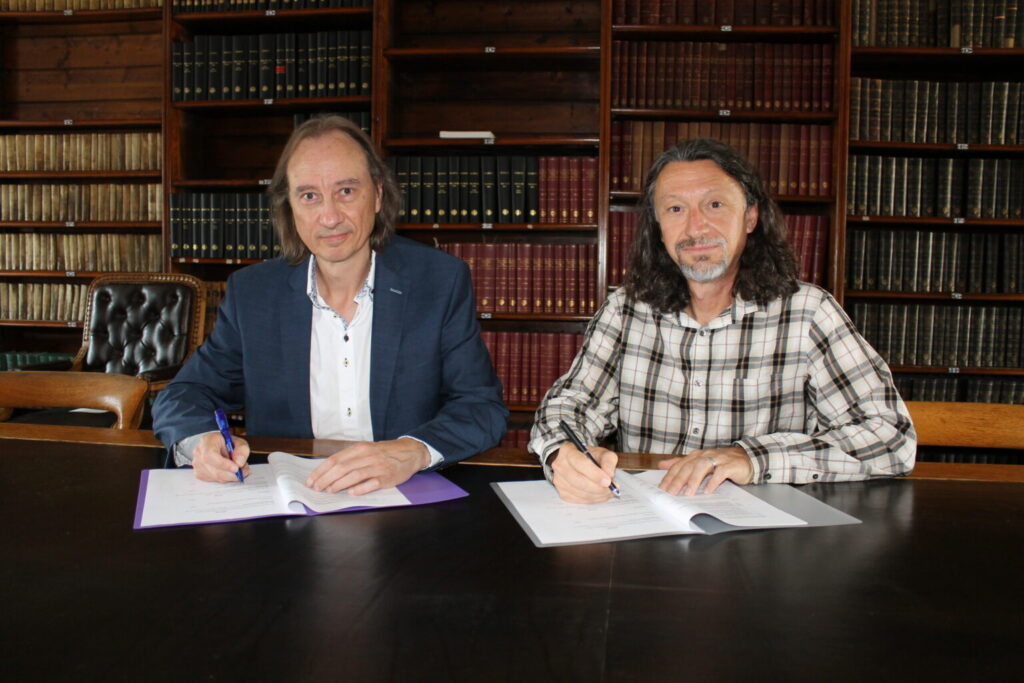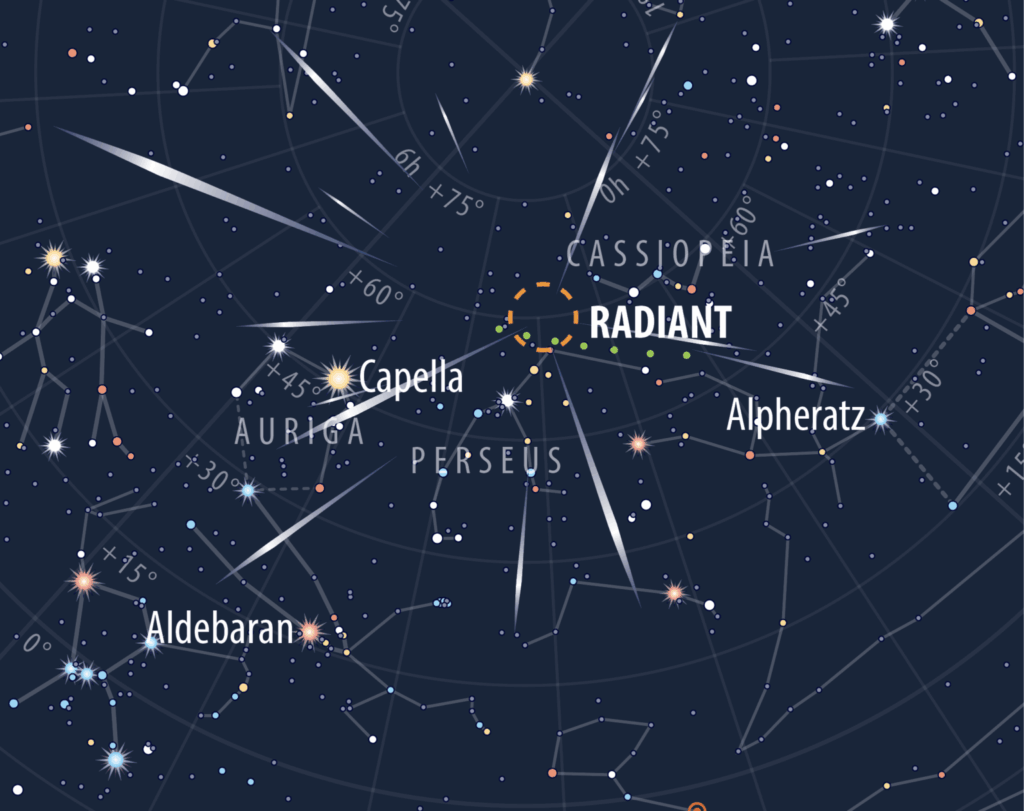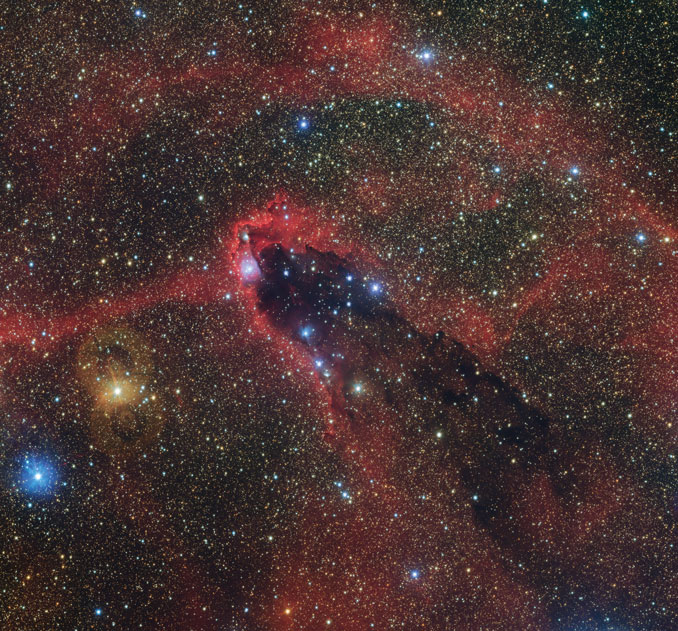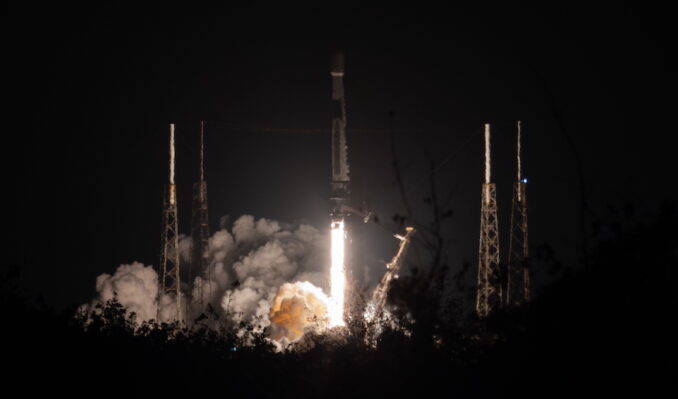Now Reading: Venus is a dazzling evening ‘star’
-
01
Venus is a dazzling evening ‘star’
Venus is a dazzling evening ‘star’
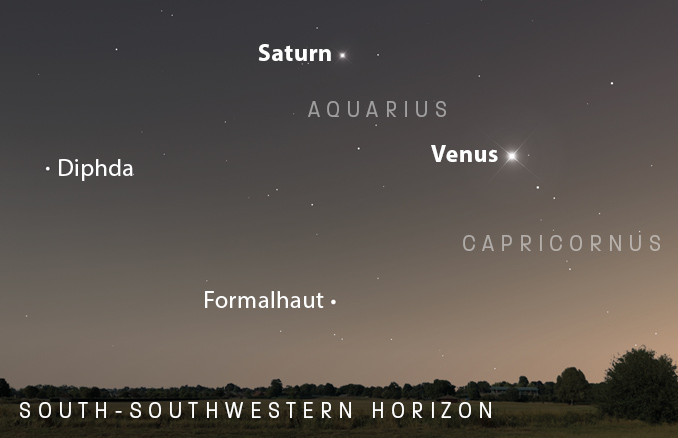

Venus makes welcome progress in post-sunset visibly this month, after being mired in the thick and light-polluted atmosphere at the sunset horizon since reappearing in the evening sky at mid-July.

At the start of December, the second planet, shining at magnitude –4.16, lies 12° up in the west-southwest at 4.33pm GMT, 40 minutes after sunset in London. It’s a beautiful sight, hanging low in the south-southwestern sky soon after sunset. Venus’ apparent diameter of 17” is too small for its phase to be resolved through binoculars (it’s apparent when close to a thin crescent), though can be seen through a small telescope. Watch out for a young thin-crescent Moon lying below Venus soon after sunset on 4 December.

By the end of 2024, Venus is a beacon at a dazzling magnitude –4.36, and is significantly better placed, having almost doubled its altitude to climb to an altitude of 22° in London at 4.41pm, the end of civil twilight (19° at 4.35pm from Edinburgh). A small telescope shows Venus’ gibbous phase declining from around 68 to 55 per cent.
Stay Informed With the Latest & Most Important News
Previous Post
Next Post
-
 01From Polymerization-Enabled Folding and Assembly to Chemical Evolution: Key Processes for Emergence of Functional Polymers in the Origin of Life
01From Polymerization-Enabled Folding and Assembly to Chemical Evolution: Key Processes for Emergence of Functional Polymers in the Origin of Life -
 02Panasonic Leica Summilux DG 15mm f/1.7 ASPH review
02Panasonic Leica Summilux DG 15mm f/1.7 ASPH review -
 03Two Black Holes Observed Circling Each Other for the First Time
03Two Black Holes Observed Circling Each Other for the First Time -
 04How New NASA, India Earth Satellite NISAR Will See Earth
04How New NASA, India Earth Satellite NISAR Will See Earth -
 05And Thus Begins A New Year For Life On Earth
05And Thus Begins A New Year For Life On Earth -
 06Astronomy Activation Ambassadors: A New Era
06Astronomy Activation Ambassadors: A New Era -
07SpaceX launch surge helps set new global launch record in 2024












